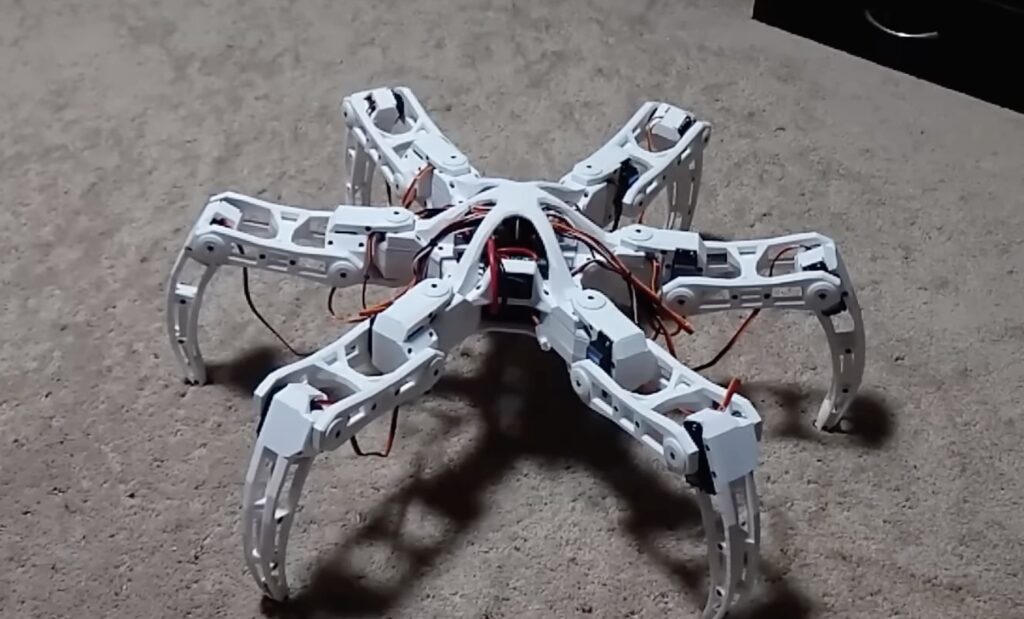How to build and program a hexapod robot?
Hexapod robots have fascinated robotics enthusiasts for decades with their insect-like movements and ability to traverse rough terrain. Building and programming your own hexapod robot can be a challenging but rewarding experience. In this guide, we will take you through the steps involved in creating your very own hexapod robot from scratch.
Step 1: Choose the right components
The first step in building a hexapod robot is to choose the right components. You will need six servos for each leg, a microcontroller to control the servos, a power source, and a chassis to build the robot on. Make sure to research and select high-quality components to ensure the stability and durability of your robot.
Step 2: Assemble the robot
Once you have gathered all the necessary components, it is time to assemble the hexapod robot. Start by constructing the chassis and attaching the servos to each leg. Make sure to carefully follow the assembly instructions provided with the components to avoid any mistakes.
Step 3: Write the code
Programming a hexapod robot can be a complex task, but there are plenty of resources available online to help you. You will need to write code that controls the movement of each servo and coordinates the movements of all six legs. Make sure to test the code thoroughly to ensure that the robot moves smoothly and efficiently.
Step 4: Test and refine
Once you have assembled the robot and written the code, it is time to test the hexapod robot. Start with simple movements and gradually increase the complexity of the tasks to ensure that the robot can perform well in different scenarios. If you encounter any issues, go back to the code and make necessary modifications to improve the performance of the robot.
Step 5: Have fun!
Building and programming a hexapod robot is a challenging but rewarding experience. Once you have completed the project, take some time to enjoy watching your robot move and navigate its surroundings. Experiment with different movements and tasks to explore the full potential of your hexapod robot.
- Choose high-quality components for stability and durability
- Follow the assembly instructions carefully
- Test the code thoroughly before running the robot
- Experiment with different movements and tasks to explore the robot’s capabilities
How to build and program a hexapod robot?
Hexapod robots have fascinated robotics enthusiasts for decades with their insect-like movements and ability to traverse rough terrain. Building and programming your own hexapod robot can be a challenging but rewarding experience. In this guide, we will take you through the steps involved in creating your very own hexapod robot from scratch.
Step 1: Choose the right components
The first step in building a hexapod robot is to choose the right components. You will need six servos for each leg, a microcontroller to control the servos, a power source, and a chassis to build the robot on. Make sure to research and select high-quality components to ensure the stability and durability of your robot.
Step 2: Assemble the robot
Once you have gathered all the necessary components, it is time to assemble the hexapod robot. Start by constructing the chassis and attaching the servos to each leg. Make sure to carefully follow the assembly instructions provided with the components to avoid any mistakes.
Step 3: Write the code
Programming a hexapod robot can be a complex task, but there are plenty of resources available online to help you. You will need to write code that controls the movement of each servo and coordinates the movements of all six legs. Make sure to test the code thoroughly to ensure that the robot moves smoothly and efficiently.
Step 4: Test and refine
Once you have assembled the robot and written the code, it is time to test the hexapod robot. Start with simple movements and gradually increase the complexity of the tasks to ensure that the robot can perform well in different scenarios. If you encounter any issues, go back to the code and make necessary modifications to improve the performance of the robot.
Step 5: Have fun!
Building and programming a hexapod robot is a challenging but rewarding experience. Once you have completed the project, take some time to enjoy watching your robot move and navigate its surroundings. Experiment with different movements and tasks to explore the full potential of your hexapod robot.
- Choose high-quality components for stability and durability
- Follow the assembly instructions carefully
- Test the code thoroughly before running the robot
- Experiment with different movements and tasks to explore the robot’s capabilities



